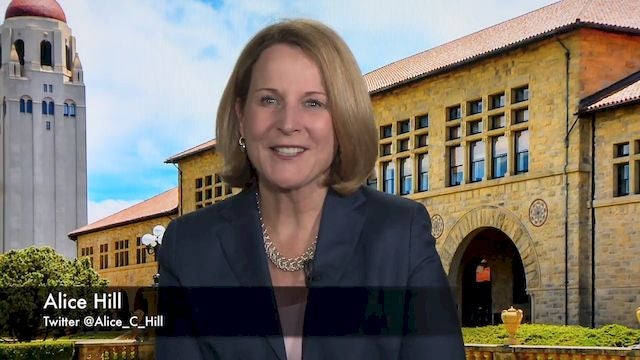There is nothing quite like a “banging EP” to make me feel young again. But that wasn’t the only aspect of my most recent trip to Miami that brought out the millennial in me.
If you missed Exceedance 2018 a few weeks back, you probably also missed Resilience 2018. Embedded every year within Exceedance, RMS holds a space for policymakers and business leaders to collaborate to a very important end: ensuring local communities and regional economies are resilient to the shocks and stresses they face.
Much has been written about how millennials seek work that is meaningful (Schullery, 2013); work which solidifies their self-efficacy (Chalofsky + Cavallaro, 2013). I also blog about the relationship between aims and actions; between purpose and profit.
And there’s some truth in the generational stereotypes. After all, research suggests that impact investing continues to “skyrocket.”
That said, the reality is that the seasoned, elected officials in the Resilience room, are just as motivated by purpose as the millennials. Nowhere was that truer than in some of the panel discussions. These included seasoned proponents of the “resilience movement” — people like Dr. Lauren Alexander Augustine (National Academy of Sciences), Rep. Kristin Jacobs (Florida House of Representatives), Bob Kolasky (U.S. Department of Homeland Security) and Aris Papadopoulos (UNISDR).
Another such battle-hardened contributor was Judge Alice C. Hill. Most notably, Alice served as President Barack Obama’s special assistant for climate resilience. She also sat on the National Security Council, leading the development of the U.S. Federal Government’s resilience policy in the face of both national security threats and climate change.
With seven tracks running in parallel, Alice was kind enough to record a video message for those unable to attend the panel discussion on risk, resilience and policy. The clip repays the ten-minute viewing.

Alice begins by prompting some self-reflection. “Ask yourselves this: why am I here today?”
The ambiguity in her question is deliberate. On the one hand she is asking delegates literally why they have come to Exceedance; why they have specifically chosen to attend a session on public policy. What is it that they want to get from the 40-minute discussion?
Of course, though, Alice is simultaneously also asking a much deeper question; a question which strikes at the root of your life’s purpose.
Where Passion Meets Action
Alice is using this rhetorical device to set up an important tension. It is the tension between our day-to-day tasks and the sum of our life’s work. She is creating a space for us, as practitioners dedicated to understanding risk, to view what we do for a living within a broader, societal context.
Whatever your role — whether you are an analyst at a risk capital provider, a government official or a local business leader — Alice suggests that everyone in the room at Exceedance shares a common motivation: reducing the social and economic impacts of extreme events.
This thesis resonates at RMS. Since emerging from Stanford University nearly 30 years ago, our mission has remained the same: to make communities and economies more resilient through a deeper understanding of the probable impact of potential shocks and stresses. A commitment to this cause certainly puts the voce into my vocation.
More than this, though, Alice clearly believes building resilience to climate extremes is the issue of our time, transcending administrative terms. Further, she is convinced that (re)insurance professionals “already have the data and models to manage risk and move capital”. That the Mayor of Miami wants RMS to bring Resilience back to his town next year suggests he agrees.
Millennial or otherwise then, if you too share this commitment, mark your calendars and do join us in Miami on May 13-16, 2019. In the meantime, let’s roll up our sleeves with renewed purpose.
Building resilience to future risk is not easy. It can be done, however, and — as Alice concludes — “you are in the remarkable position to lead the nation in understanding how to build for the future.”






